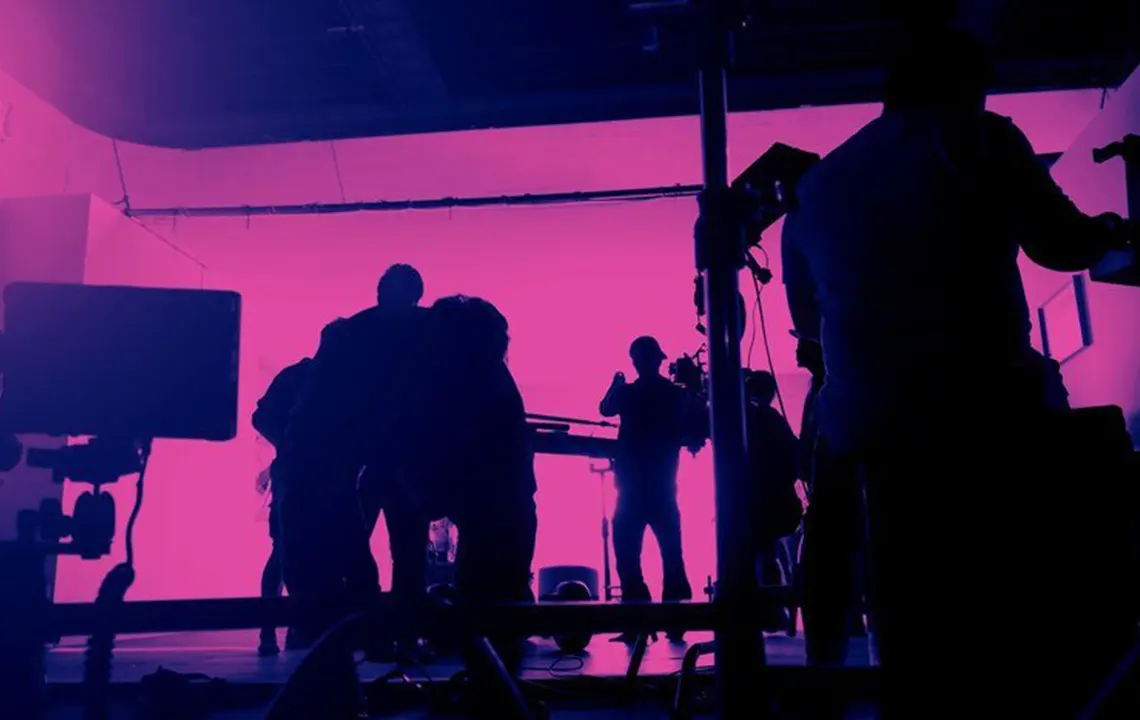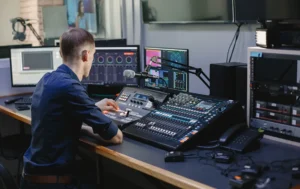Welcome to the captivating realm of audio visual production! Whether you’re an aspiring filmmaker, content creator, or just someone fascinated by the magic of audio and visuals coming together, this beginner’s guide will equip you with the essential knowledge to get started. In this comprehensive guide, we’ll cover the basics of audio visual production, the necessary equipment, and fundamental techniques to kickstart your creative journey.
Chapter 1: Understanding Audio Visual Production
Audio visual production is a multidisciplinary field that involves capturing and synchronizing both sound and visuals to create compelling and immersive content. It encompasses a wide range of media, including films, documentaries, advertisements, music videos, and more. The primary goal is to create a seamless integration between audio and visuals to evoke emotions, tell stories, and deliver impactful messages to the audience.
Chapter 2: Essential Equipment for Audio Visual Production
To begin your journey, it’s essential to have the right equipment. Here are the fundamental tools you’ll need:
1. Camera: Invest in a high-quality camera capable of capturing high-definition videos. Whether you choose a DSLR, mirrorless, or cinema camera, ensure it aligns with your production needs and budget.
2. Microphone: Quality audio is equally crucial as good visuals. Consider getting a shotgun or lavalier microphone to capture clear and crisp sound during recording.
3. Tripod: Stabilization is vital for professional-looking shots. A sturdy tripod will help you keep the camera steady and enable smooth panning and tilting movements.
4. Lighting: Proper lighting is essential for creating the desired atmosphere and highlighting subjects. Start with a basic lighting kit and expand as your skills grow.
Chapter 3: Audio Visual Production Techniques
1. Pre-production: This phase involves planning and organizing your project. Develop a script, storyboard, and shot list to guide your shoot effectively.
2. Camera Settings: Familiarize yourself with camera settings such as frame rate, shutter speed, ISO, and aperture. These settings impact the visual style and overall mood of your content.
3. Framing and Composition: Learn about various framing techniques like the rule of thirds, leading lines, and symmetry to create visually pleasing shots.
4. Audio Recording: Pay attention to capturing clean and clear audio. Use headphones to monitor sound quality and reduce background noise during recording.
5. Editing: The post-production phase is where the magic happens. Use editing software to cut, arrange, and enhance your footage. Add music, sound effects, and transitions to elevate your content.
Chapter 4: Tips for Successful Audio Visual Production
1. Plan and Organize: Effective planning is the foundation of a successful project. Stay organized and create a production schedule to ensure a smooth workflow.
2. Focus on Audio: Don’t overlook audio quality. Poor audio can ruin even the most visually stunning content.
3. Practice Patience: Mastering audio visual production takes time and practice. Be patient and keep experimenting to improve your skills.
4. Collaborate: Don’t be afraid to collaborate with others. Working in a team can bring fresh perspectives and creativity to your projects.
Read More : AV Rentals
Conclusion
Congratulations on completing our beginner’s guide to audio visual production! Armed with the basic knowledge, equipment, and techniques, you’re ready to embark on your journey into the captivating world of AV production. Remember, practice makes perfect, so keep honing your skills, stay open to learning, and enjoy the creative process. Let your passion drive you, and with Megahertz Productions by your side, your audio visual creations are bound to leave a lasting impact on your audience. Happy producing!


